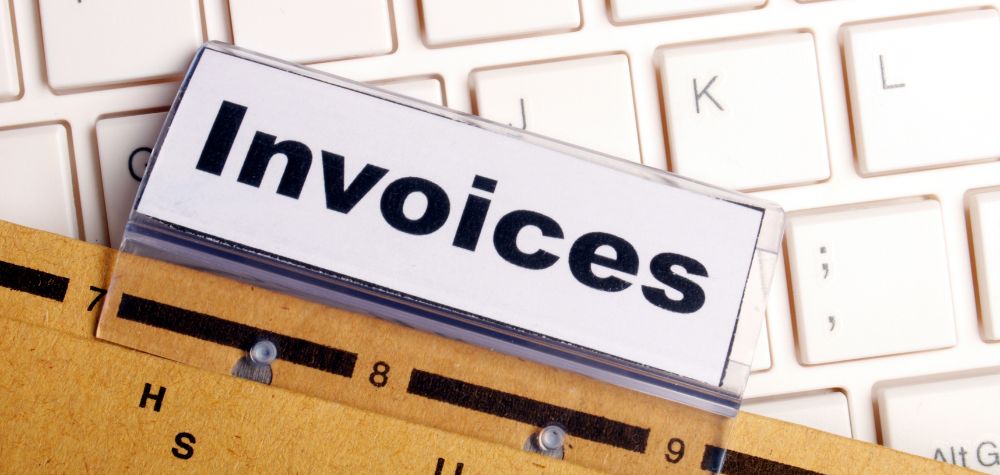
Has Your Business Approached Electronic Invoicing?
Are you tired of chasing invoices, correcting invoice errors and avoiding email scams? Is this impacting your business cash flow? Electronic invoicing saves time and simplifies invoice management directly within your business’s software.
Businesses will no longer need to generate paper-based or PDF invoices which need to be printed, posted or emailed, and buyers will no longer need to scan these into their accounting system.
E-invoicing primarily aims to simplify and automate the invoicing process for businesses.
What makes e-invoicing possible is a common standard and safe and secure network that allows invoice data to be exchanged between different software or systems. Peppol is a common standard in Australia (and many other countries).
The benefits of e-invoicing for businesses include:
- Cost savings: In comparison to paper invoices (estimated average at $30) and emailed PDFs (estimated average of $27), processing e-invoices is much cheaper (average of $10).
- Less time and errors: E-invoicing reduces manual handling and the number of systems used. This means fewer mistakes and not having to re-key information.
- Reliable and secure: The channel through which e-invoices will be transferred is safer and more secure with the new system. The e-invoices will be sent through a framework with approved and authenticated participants.
- Reduced payment times: The government is supporting small businesses by offering improved payment times.
- Connect once, trade with many: All businesses across industries and sectors can trade with numerous partners, irrespective of their size. E-invoicing provides a faster, more secure and borderless trading platform.
- Environmentally friendly: With e-invoicing, paper use is eliminated, and overall, less energy and resources are required. Going paperless comes with benefits, such as saving materials and reducing costs.
Businesses should consider transferring to e-invoicing as soon as possible. This may require updating existing software or adding extra services.
For a successful transition to eInvoicing, review your business processes and requirements to understand your current state of invoicing, including:
- how many invoices you send and receive and how often
- how you send, receive and process invoices and if you use purchase orders
- identifying your top suppliers and buyers (by the number of invoices)
- if you use software and scanning tools to manage your accounts payable and receivable.
Then plan for a smooth transition to eInvoicing by
- understanding and managing changes in business processes within your business
- communicating with your trading partners about upcoming changes
- encouraging your trading partners to get ready and start using eInvoicing.
You must be logged in to post a comment.

+ There are no comments
Add yours